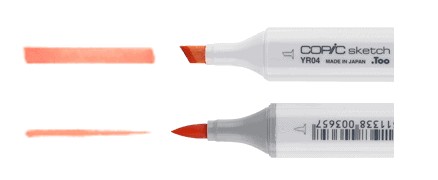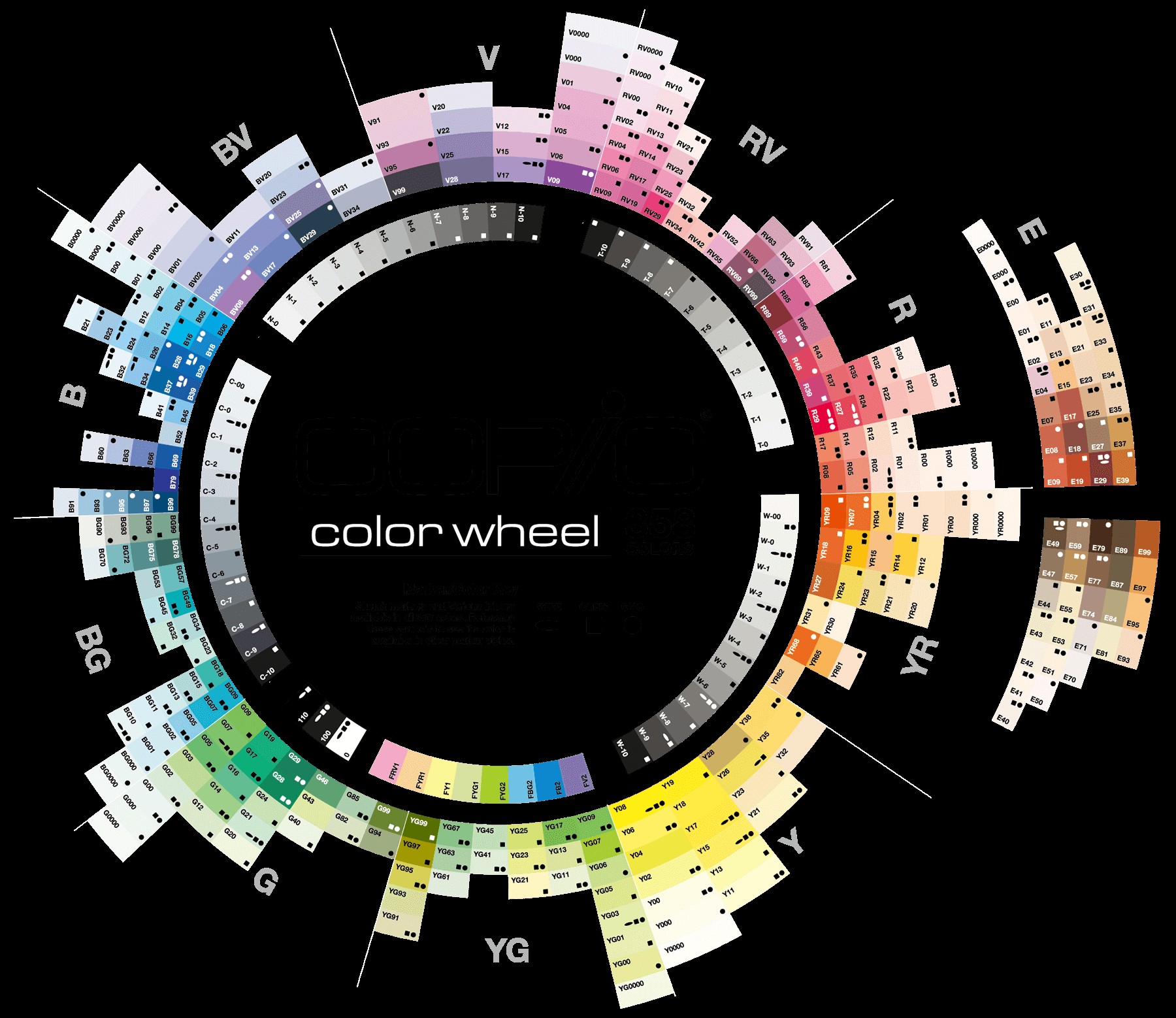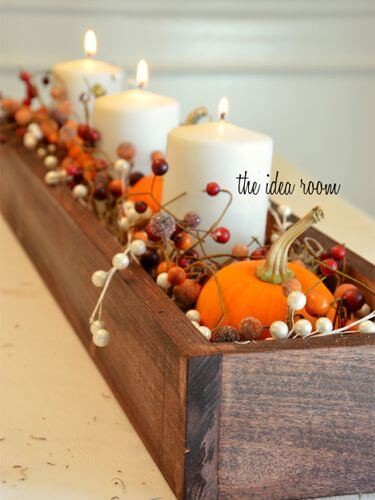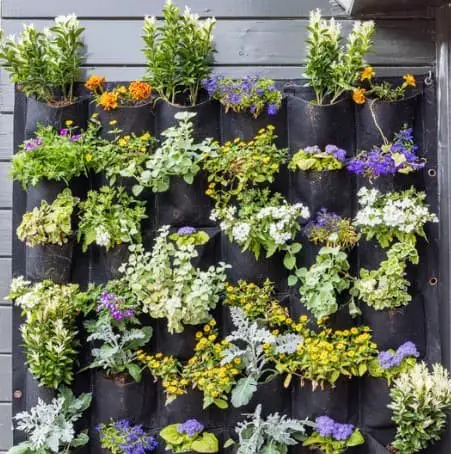Best Copic Markers And Colors To Start With
Buying Copic markers can be overwhelming, especially when it comes to selecting the right colors and quantities. To start, it’s essential to have a solid foundation in primary colors – red, blue, and green. However, choosing the perfect shade of green is where things get tricky, with options ranging from lime and olive to emerald, turquoise, teal, jade, and mint. With so many choices available, deciding how many markers to purchase can be equally daunting. Should you opt for 6, 24, 32, or 72 markers? If these questions have been on your mind, then this article is here to guide you through the process. I’ll provide a comprehensive overview of Copic markers and help you determine the ideal set to get started with. If time is limited, I recommend beginning with one of the three essential sets: the 72-color Copic Sketch Set A, the 36-color Copic Basic Set, or the 72- color Copic Sketch Set B.
What are Copic markers?
Copic markers have earned a reputation as the top choice among artists due to their exceptional quality and versatility. The range of colors available is staggering, with over 300 hues to choose from, all featuring non-toxic ink with minimal odor. One of the standout features of Copic markers is the dual nib design, allowing for both fine details and larger areas to be colored with ease. While originally geared towards manga artists, their popularity has grown to encompass a wide range of creatives, including illustrators, graphic designers, and coloring book enthusiasts. The secret to their widespread appeal lies in the seamless layering and blending capabilities, which set them apart from other markers on the market. While they do come with a higher price tag compared to others, this is largely due to Copic’s commitment to quality control. Each marker is hand-tested before leaving the factory, ensuring consistency across all products. Additionally, the ability to refill ink and replace nibs when worn out means that these markers can be enjoyed for years to come with proper care.
Types of Copic markers
Copic markers come in a range of styles, each with its own unique characteristics. The Classic, Sketch, Ciao, and Wide lines all share one thing in common: they’re refillable and utilize the same alcohol-based ink. However, it’s not just a case of like-for-like – each type has distinct differences in terms of barrel size and shape, available color palettes, pricing, and nib types. The main exception to this rule is the Wide marker, which stands out from the rest with its singular design.
Copic Classic markers

The Copic classic markers, also referred to as the original series, boasts an impressive array of 214 colors. Notably, they feature a square barrel, making them the largest in size and capable of containing substantial amounts of ink, which reduces the need for frequent refills. This design choice has resulted in the Classic markers having a unique dual-nib configuration, with both chisel and bullet nibs present on either side. Moreover, the versatility of these markers lies in their ability to accommodate nine distinct nibs altogether, offering users an unparalleled degree of creative freedom. While it is unlikely that users will constantly switch between nibs, this adaptability proves particularly useful when a specific nib is required for a particular project or technique. However, it is essential to consider the added expense of purchasing additional nibs for each marker type, as this can quickly escalate costs. For instance, if a brush nib is desired over a bullet nib, users may find it more practical to opt for a Copic Sketch or Ciao marker instead, which offers these nib options as part of their standard design.
Copic Sketch markers

While often referred to as Sketch markers, these Copics are versatile coloring tools that can be used for a wide range of projects. In fact, they’re the most popular type among the four options, thanks in part to their unique design and features. The oval-shaped barrels provide comfortable grip, while the included brush and chisel nibs offer two distinct application methods. What’s more impressive is the vast color palette available – an astonishing 358 hues! This means that if you have a specific favorite color, you’re likely to find it in the Sketch marker range. However, it’s worth noting that these markers are only compatible with brush, chisel, and bullet nibs. Fortunately, the combination of the brush and chisel nibs is often sufficient for most users.
Copic Ciao markers

While Ciao markers are a more affordable option compared to Classic and Sketch markers, they have some limitations. One notable difference is their smaller size, which means they contain less ink per purchase. As a result, you may need to refill them more frequently as the ink runs out quickly. Additionally, the Ciao markers are only compatible with specific nibs, including chisel and brush styles. Furthermore, they come in a relatively limited range of 180 colors, compared to the Classic markers’ 214 options or Sketch markers’ impressive 358 hues. Another drawback is their tendency to roll off surfaces due to their rounded barrel design.
Copic Wide markers

The wide marker stands out from its three counterparts due to its distinct characteristics. Its unique feature is a single wide nib, available in 36 colors. This design allows for the application of consistent strokes on large areas, making it an excellent choice for creating broad washes or backgrounds. While they can be used independently, the wide marker is often employed alongside other Copic markers to achieve specific artistic effects. As I would not recommend them for beginners, this particular type of marker will not be further discussed in this post.
Nib size and shape
Copic markers come in nine different nib styles, divided into five thick-line and four thin-line options. The Copic Classic markers are the only ones that can utilize all 9 nibs, whereas the Sketch markers are limited to three and the Ciao markers to two. When choosing a set of Copics for the first time, it’s more important to consider which nibs come with each type by default. The Classic markers typically include a chisel and bullet nib, as seen in the provided image from copic.jp. In contrast, both Sketch and Ciao markers often ship with a chisel and brush nib, also depicted on copic.jp. Since all three types feature a chisel nib, you’re left choosing between a bullet or brush nib. Personally, I believe the brush nib offers greater versatility. With a bullet nib, line thickness remains consistent, whereas the brush nib allows for thin, thick, or tapered lines depending on pressure applied. This gives you more control over your line thickness, making the brush nib a more desirable option.
Copic Colors
All 358 Copic colors can be found below, organized into 11 color families such as violet (V), blue (B), and blue-violet (BV). This categorization allows for easy navigation to find the specific shades you need. Notably, all markers share the same labeling system, ensuring consistency across products. For instance, a BV11 Classic marker is identical in color to its BV11 Sketch counterpart. While this uniformity applies universally, it’s essential to recognize that Copic Sketch markers are the only ones available in their entire range of colors. A valuable resource for this information can be found at copic.jp.
With such an extensive palette, it’s no wonder beginners frequently query how many and which markers they should acquire. Fortunately, not all colors are crucial to have from the onset. Instead, let’s tackle these questions one by one and uncover the answers that best suit your artistic needs.
How many Copic markers do you need?
When it comes to building a comprehensive collection of Copic markers, there’s no one-size-fits-all answer to determine exactly how many you need. However, a well-rounded set typically comprises at least 30 to 40 markers, as this allows for a balanced blend of colors and the inclusion of at least one blending set in each color family. This foundation can be further enhanced by adding your personal favorite hues.Copic markers are available in sets ranging from 6 to 72 different colors. While smaller sets may seem appealing, they often fall short of providing a complete starting point. If you’re new to Copic markers or looking to expand your collection, consider investing in a set of 36 or 72 markers, or opt for individual purchases to build your library over time.
Best Copic colors to start with
When building a comprehensive set of Copic colors, it’s essential to include hues from all the major color families for seamless blending. A minimum of three colors per family is recommended for optimal results. In my opinion, the most versatile and useful Copic colors are those that cover blue (B000, B02, B04), turquoise (BG11, BG13, BG15), violet (BV00, BV02, BV04), skin tones (E000, E02, E25, E27), brown (E33, E35, E37), dark green (G21, G24, G29), red (R22, R24, R29), pink (RV63, RV66, RV69), purple (V12, V15, V17), yellow (Y11, Y15, Y19), light green (YG11, YG13, YG17), and orange (YR04, YR07, YR09). These 37 colors form the foundation of a well-rounded Copic collection. Additionally, it’s beneficial to include a colorless marker for blending purposes and possibly a gray marker for easy shading, bringing the total number of markers to around 40. As you become more comfortable with your set, you can always add new colors as needed or adjust your selection based on the specific type of drawings you’re working on. For instance, if you focus primarily on landscapes, you’ll likely want to emphasize greens, browns, and blues in your collection. You can purchase individual Copic markers by clicking here.
What is the best Copic marker set to start with?
While individual Copic markers can be purchased, buying one of the many available sets is often a more convenient and cost-effective option. The quality of these sets varies, with some offering a well-rounded selection of colors and others focusing on supplementary hues. When selecting a starter set, it’s essential to choose wisely, as this will set the foundation for your Copic marker collection. To help you make an informed decision, let’s examine the top 5 best Copic marker sets to get started with.
Copic Sketch 12 color set
For those on a tight budget or looking to dip their toes into the world of Copic markers without making a long-term commitment, this small set of 12 provides an affordable and accessible entry point. The included colors, as depicted below, offer a solid foundation in basic and primary hues, ideal for getting started with the basics.
While this set provides a great starting point, it’s essential to note that if you’re looking to color portraits or manga characters, additional skin tones will be necessary. Furthermore, smooth blending might be challenging due to the stark differences between many of the colors. Nonetheless, this compact collection remains an excellent way to begin exploring the world of Copic markers.
Copic Sketch 24 color set for manga illustrations
The Copic sketch sets come in two varieties, each containing 24 colors. The manga-focused set offers a well-rounded palette that covers the basics and includes hues perfect for blending. This selection of colors comprises: [insert list of colors]. While this set is a good starting point, it’s essential to recognize its limitations – with only 24 colors, you can’t expect a comprehensive range. One notable shortcoming is the scarcity of skin tones. These colors are more readily available in the other set of 24 Sketch markers. If you’re just starting out, consider beginning with this initial set and supplementing it later with the second set, which will give you a total of 48 distinct colors and create a solid foundation for your Copic collection.
Copic Sketch 36 color set
The Pantone 36-color palette is specifically designed for professional designers. This curated selection covers all major color families, but it’s worth noting that it doesn’t include a wide range of skin tones – an intentional omission aimed at catering to the design industry’s focus on visual representations rather than human likenesses. For those who require more realistic portrayals of people, characters, or manga figures, supplementing this palette with additional skin tone colors like E000, E02, E25, and E27 can be a useful addition.
Copic Sketch 72 set A
When considering the Copic Sketch 72 color set, one of the primary concerns is choosing the right option among the five available sets. For many users, sets A and B are the most popular choices, and for good reason. Both offer a range of vibrant colors that cater to various design and illustration needs.
Set A boasts a diverse palette of colors across the entire spectrum, making it an excellent choice for those who value versatility. The set includes:
Notably, each color family is accompanied by at least one blending set, streamlining the creation of smooth gradients. However, skin tones are somewhat limited in this set, leaving users with two options: either supplementing with favorite skin colors or opting for Set B.
As a result, those seeking a more comprehensive range of skin tones may find Set A lacking. Nevertheless, its overall value and color palette make it a solid starting point for many artists.
Copic Sketch 72 set B
For first-time buyers, I recommend Set B as the second Copic 72 collection they should consider. Unlike Set A, this set boasts an even broader range of colors, although most are less opaque than their counterparts in Set A. One notable difference is the inclusion of many more colors from the E family in Set B.
The Set B color palette consists of:
This set is particularly well-suited for portrait and manga artists, as it includes a variety of skin tones. However, unlike Set A, vibrant colors are less prevalent in this collection, so you may need to purchase those separately if they’re essential to your work.
Check the latest price for Set B.
Frequently Asked Question
How many Copic colors are there?
With a staggering 358 distinct Copic colors to choose from, it’s natural to wonder about the availability of each hue across their various marker types. While every color isn’t represented in each specific line, enthusiasts can still build an extensive collection by combining the individual sets that make up the iconic Copic Sketch. Specifically, the A, B, C, D, and E subsets can be combined to yield a comprehensive 358-color palette.
How much do Copic markers cost?
The pricing of Copic markers is influenced by two primary factors: the specific marker type and its corresponding color. On average, a Copic Sketch marker falls within the $6 to $10 price range.
What are Copic markers used for?
Copic markers’ prices vary depending on the type and color, with an average Sketch marker ranging from $6 to $10. However, purchasing a set of these markers can significantly reduce the cost per unit, making them a more affordable option for artists.
Why are Copics so expensive?
Copic markers are often perceived as a premium art supply due to their exceptional versatility and quality. While the initial cost may seem steep, the ability to refill them makes them a more economical choice in the long run. However, not everyone can justify the investment. Fortunately, there are numerous other high-quality alcohol-based marker options available for those on a budget.
We’ve reviewed several alternatives that offer great value and performance. Some of our top picks include Ohuhu markers, Prismacolor markers, Arteza Everblend markers, and Spectrum Noir markers.
Are Copic markers worth it?
For many artists, the question of whether Copic markers are worth the investment is a common dilemma. While seasoned professionals swear by the versatility and quality of these markers, beginners might find themselves struggling to harness their full potential. As such, it’s often recommended that new artists start with more affordable options, honing their skills before making the leap to high-end tools like Copic.
Do Copic markers bleed through paper?
When working with Copic markers, it’s essential to consider the type of paper used, as thinner papers can cause bleeding and feathering. To mitigate this issue, opt for Copic marker paper or any other paper with a minimum weight of 100 GSM. While thicker paper may require more ink, it’s a viable solution for achieving crisp lines and preventing unwanted bleed-through.
Why are Copic Ciao markers cheaper?
When comparing the Copic Ciao markers to their Copic Sketch counterparts, a key difference becomes apparent: price. The Ciao markers come at a lower cost due to their smaller size and reduced ink capacity. However, when considering these differences in ink volume, both marker lines actually converge in terms of overall cost, with the Ciao markers ultimately mirroring the expense of the Sketch markers.
Can I write on wood with Copic markers?
While Copic markers excel on paper, they can be less effective on alternative surfaces. For those looking to create on wood, a different approach is often necessary. Instead of relying on Copic markers, consider investing in Uni Posca markers or specialized paint pens designed specifically for use on wood.














